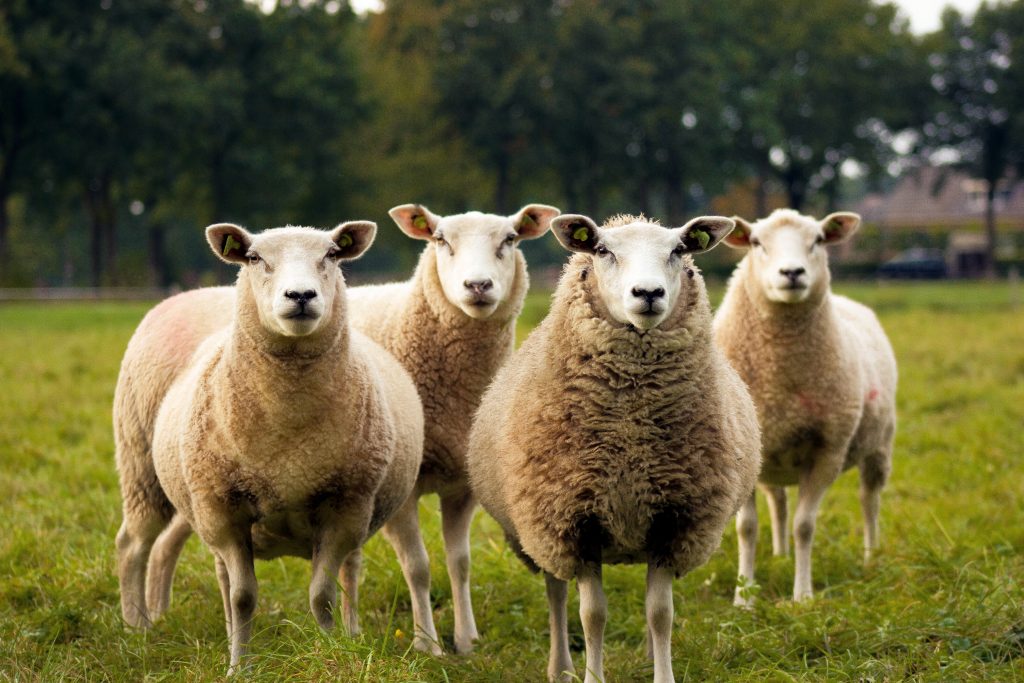CCN – Polioencephalomalacia or cerebrocortical necrosis.
It is the time of year I start to be asked about CCN in sheep and lambs, and although there are also many other causes of neurological signs in young sheep this is a fairly common one, especially when the weather is very wet! Which means things are likely to be sheltering and eating more sporadically, or moving on to lush pasture more often. So I thought I would revise the disease .The clinical signs of CCN are caused by damage to the superficial tissue of the brain. This brain damage is due to altered glucose metabolism, which usually results from an induced deficiency of vitamin B1 (thiamine). Thiamine is normally made in the rumen, but overgrowth of thiaminase-producing bacteria in the rumen, which can occur following a change of diet, destroys the vitamin B1 produced by other bacteria in the rumen. Most cases of CCN occur about 2 weeks after movement to lush pasture or other dietary change such as overnight yarding before drenching/sorting/selling etc. The disease occurs in both ewes and weaned lambs (classically 4 – 8 months), but is uncommon in lambs less than 12 weeks-old.
SIGNS you may see: isolation from the flock, high head carriage, a high stepping gait (due to blindness), aimless wandering, bouts of head pressing; progressing over a period of 12 – 24 hours to sternal recumbency and depression, with periodic bouts of hyperexcitation and backwards flexion of the neck. Upward and inward rotation of the eyes is sometimes observed. Untreated animals progressed to a state of lateral recumbency, with periodic convulsions leading to death within a few days.
TREATMENT if caught early IM/SC injections of Vitamin B1 are ok – Injections usually need to be repeated for several days/twice daily and it may be beneficial to move affected animals onto high forage diets too. For severe cases the Vitamin B1 needs to go IV initially, and steroids are also indicated and this makes it a vet call.
Get in touch to find out more about how we can help you

